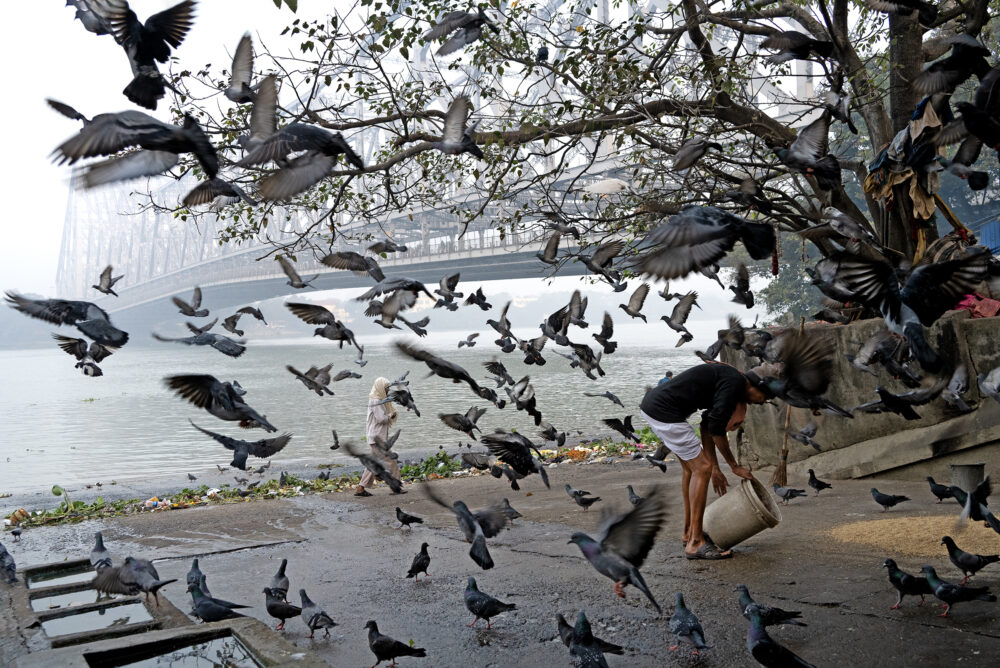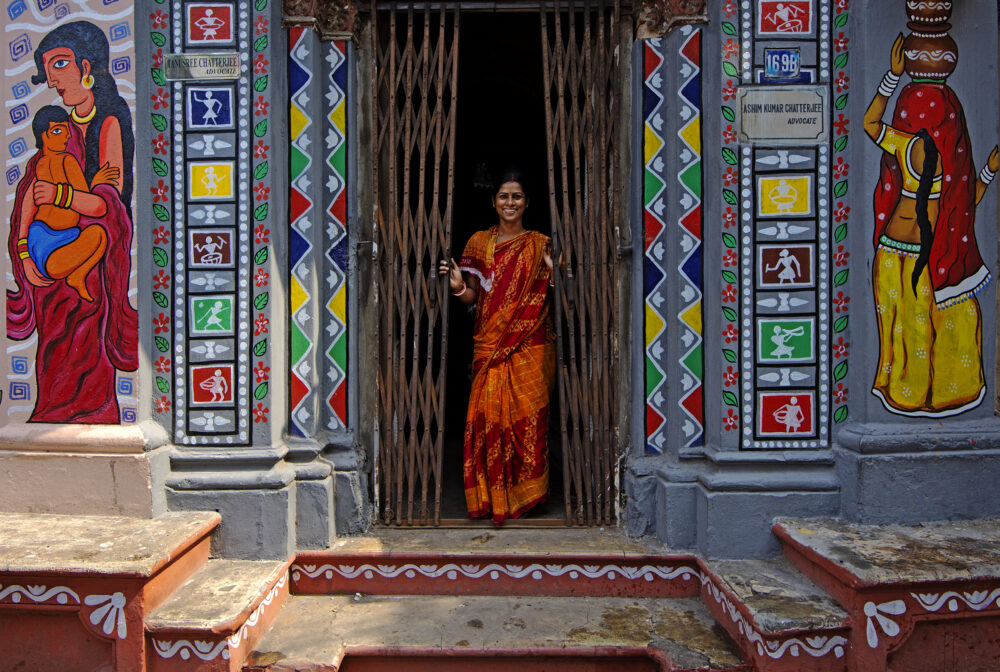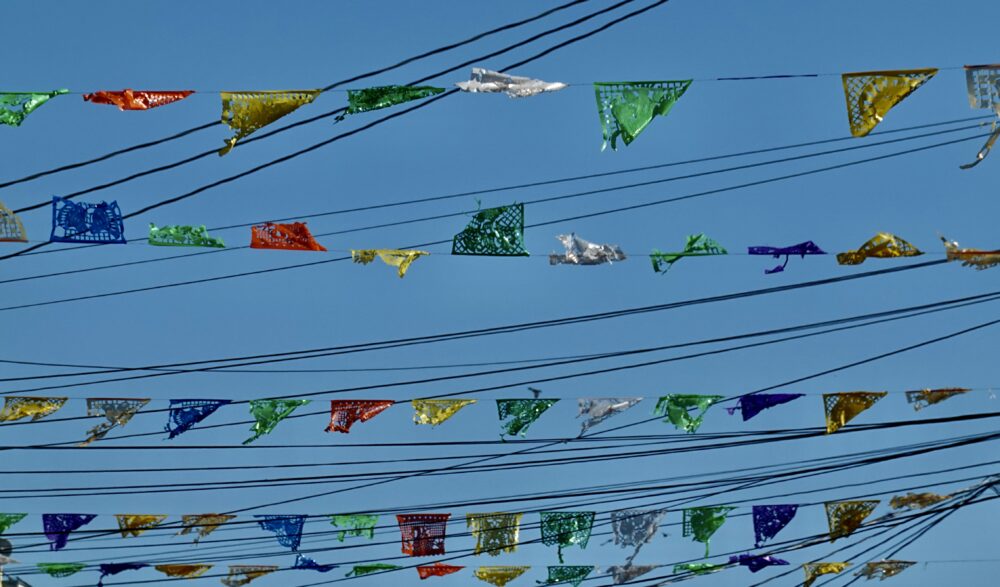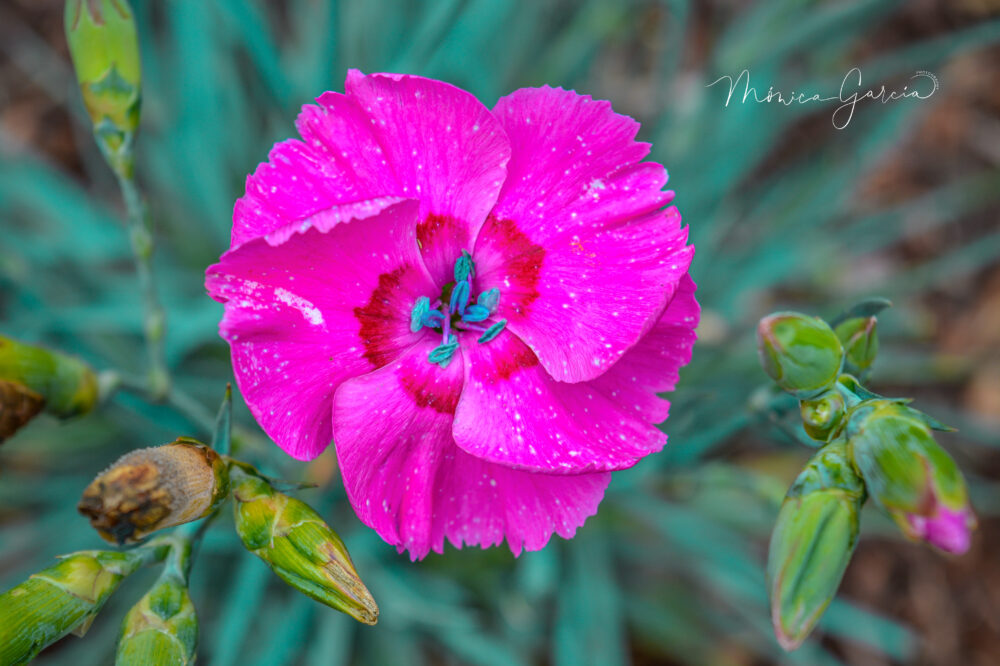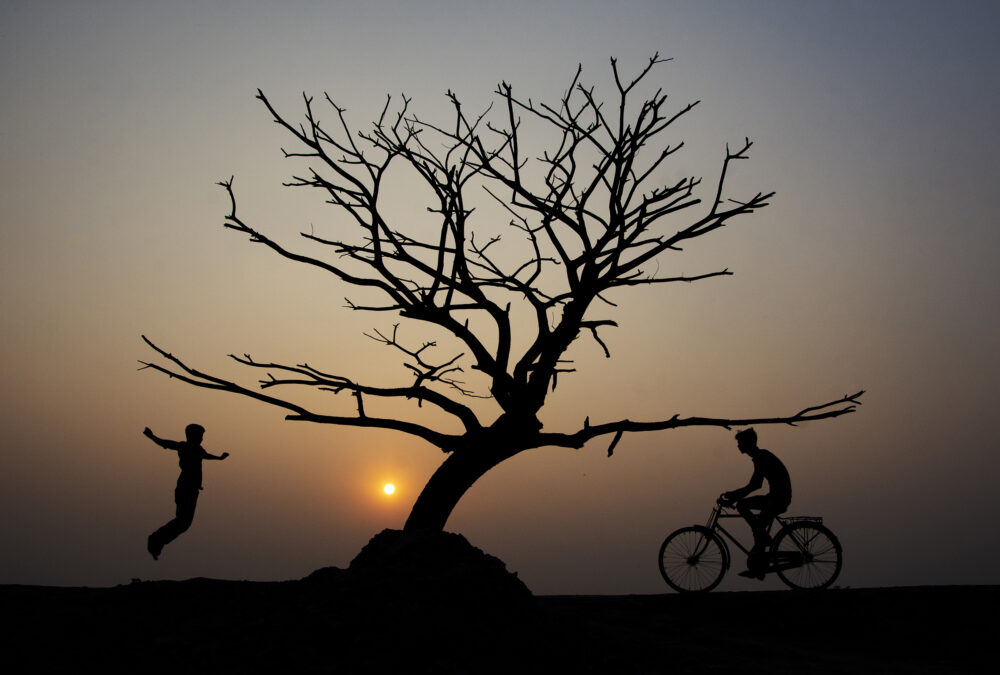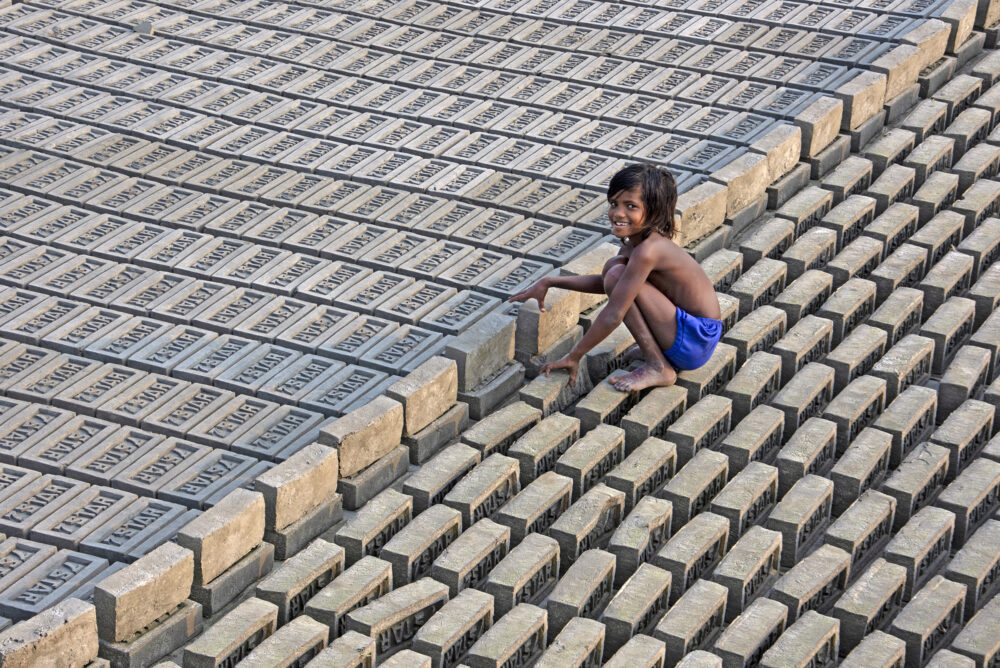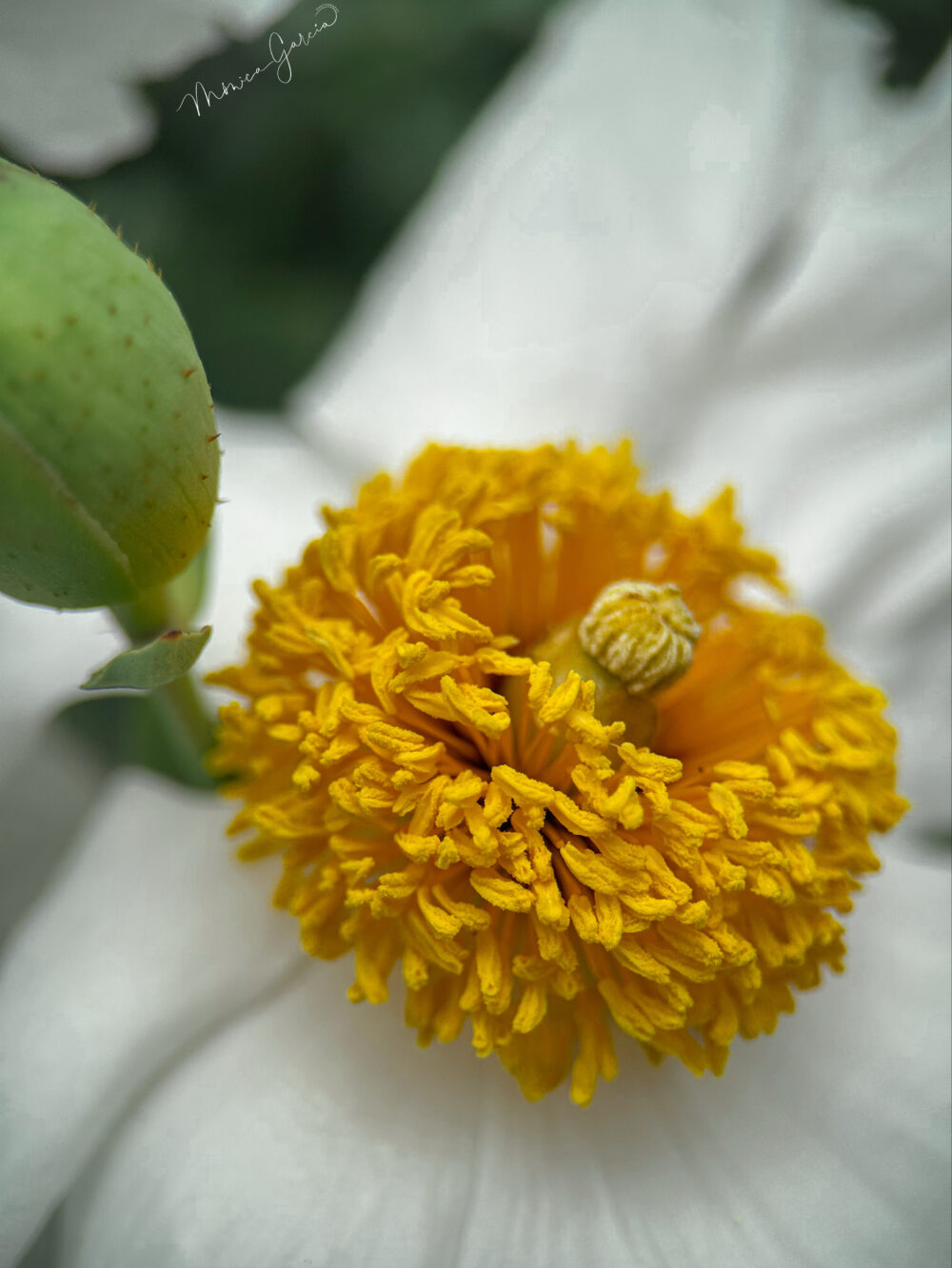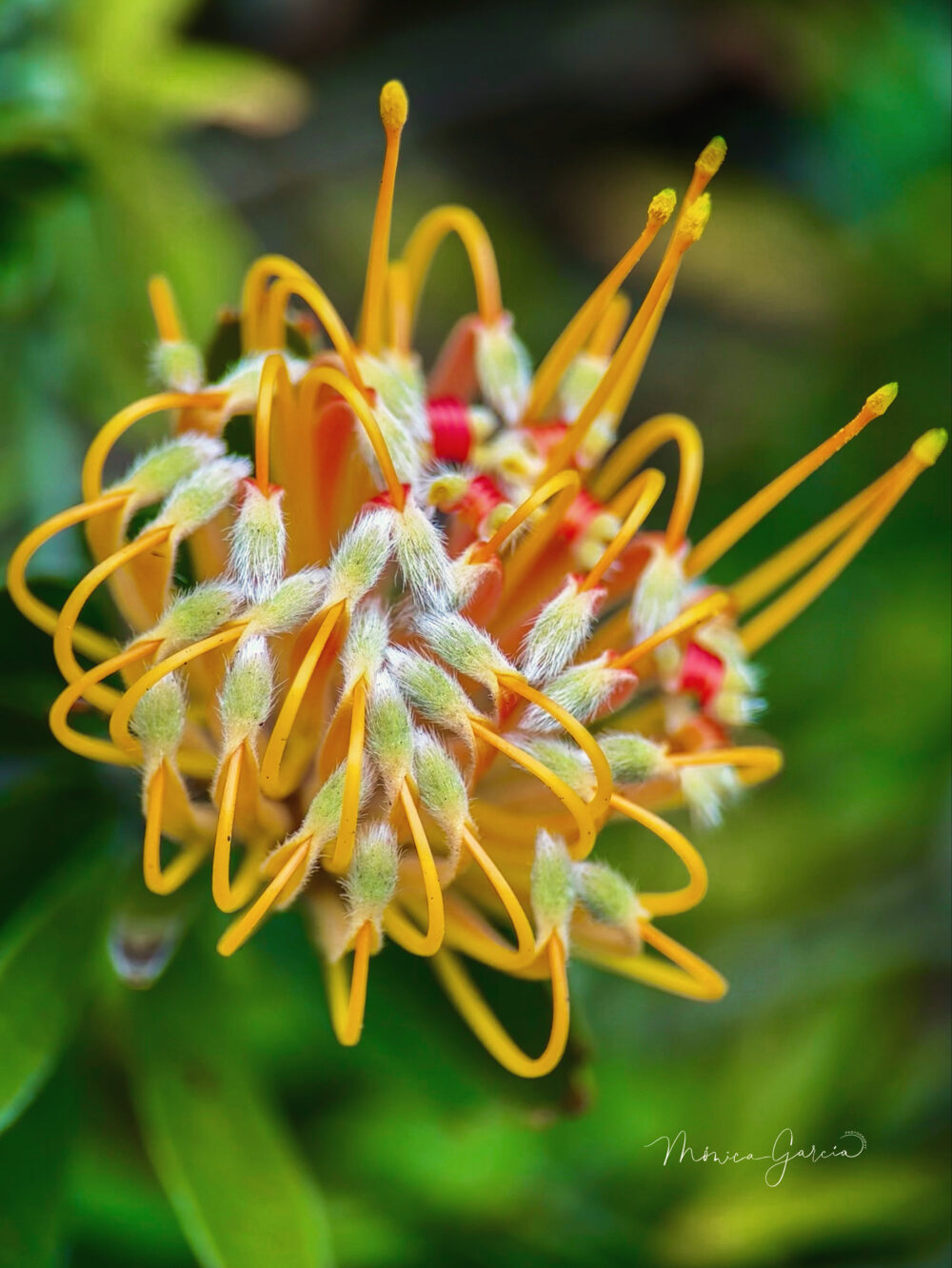Meghalaya is known for its dense forests and living root bridges that are believed to be built by the tribes of Khasi (a tribe living in the eastern parts of Meghalaya). Khasi tribe is known for its self-sufficiency and its ability to nurture an ecosystem. Living Root Bridges are one of this tribe’s legacies. This is a pedestrian bridge made of the roots of living trees – mainly used for crossing rivers. These bridges connect to remote places and help in sourcing raw materials like wood and water for survival in the dense forests. Living root bridges are intricately planned and built to provide accessibility.
The roots are allowed to grow gradually and strengthen over time. In the initial stages, only about 15-20 people can cross the bridge in a day. Much later, it can be as many as 50 or more, although it can take up to two decades for a living roots bridge to be finished.
There are many living root bridges are there. Known locally as Jingkieng Jri, some bridges are doubledeckers. Some are high above a valley, while others are just a few metres above the surface of a river.
A description on the Unesco website says: “Grown by indigenous Khasi tribal communities, these structural ecosystems have performed in extreme climatic conditions for centuries, and encapsulate a profound harmony between humans and nature … validating the resilience of an ancient culture, where collective cooperation and reciprocity were the fundamental building blocks of life.
“Each living root structure reveals a distinct ethno-botanical journey rooted in profound culture-nature reciprocity and synthesis. The intergenerational growth process of nurturing a sapling into a robust load-bearing structure in extreme climate and geography reveals exceptional enterprise and skill, suggesting a masterpiece of human creative genius.”
The living root bridges not only stand out for their exemplary human-environment symbiotic relationship but also focus on their pioneering use for connectivity and resilience, and the need to adopt sustainable measures to balance economy and ecology. Sights like the Living Root bridges showcase the skilled craftmanship of tribes of India and their self-sufficient approach towards life. Future generations derive inspiration from these ancient techniques and strive for embracing a greener future.
In this image a local boy playing in the river on which this two-stare root bridge in connecting both ways. They can easily build a concrete bridge by cutting the large tree. But they decided for a better sustainable world and built a root bridge which took more than 20 years. May be this is the answer for the future.
Year- 2023
Location- Cherapunji (sohora), Meghalaya, India.
Get Started
Visions of Renewal PHOTO COMPETITION
The entries for the Visions of Renewal are now being considered for prizes. Peruse the photos entered into the contest.






